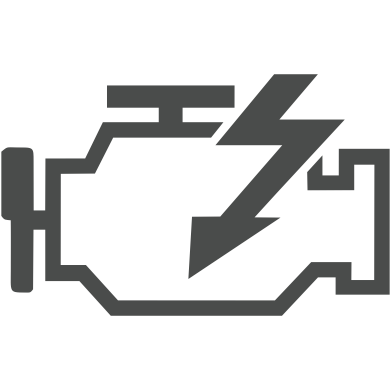The way you describe how F1 should be, is actually been a very short period. The first half of the eighties when turbo power or fuel wasn't limited. A fairly short time where engine power outperformed tires, chassis and safety. A bit similar with the 500cc two stroke bikes.mistrx wrote:Front runner in car tech? Like not using certain materials, variable timing, limiting turbo speeds, limiting ES charge/discharge loads etc...? Well F1 is high tech (and that is aspect I love) but not sure it is front running apart from the aerodynamics part maybe.turbof1 wrote:The irony wants it that drivers and other high profile persons involved with the sport had the exact same objections back when HANS was introduced. Furthermore, current F1 cars are shaped largely because of the crash structures. The long noses and the particular sidepods we have currently? They would look entirely different if the crash structures weren't in place. They changed the nature of F1 as much as canopies would.mistrx wrote:Sorry Turbo but comparing introducing helmets or HANS which don't change the nature of F1 to introducing aeroscreen/or canopy (many are in favor of that) which fundamentally change F1 from open cockpit to closed cockpit series is like comparing apples and oranges.
Which is a good thing. F1 should not be standing still, but should be front runner in race car tech. The question would bear itself: what is the nature of F1? No aeroscreens? They ran windscreens of similar size during the 60's. No wheel arches? Also ran in F1 a long time ago. F1's nature is that it has no nature. It continually and perpetually mutates and evolves through a combination of evolution and change in the regulations.
For the "F1 shouldn't be standing still" - well I do no support the notion that any change for the sake of change is good. Why doesn't football changes the rules every 2 years? Because simply sometimes you shouldn't change fundamentals that work just for the sake of change.
I know that there were "aeroscreens" back in the day. But since I am not old enough I do not know if that was imposed by rules or explored by teams on individual basis. In my opinion I wouldn't go that avenue because it just makes the drivers more remote from the fans and it also certainly takes away something from the feel of speed for the driver (like driving on motorbike fast behind full windscreen - it is just different - but hey I am not F1 driver)
Since the "nature of F1" is rather subjective I can just state my opinion: open wheel; open cockpit; more power than one can handle; overtaking without gimmicks such as DRS; loud noise; front running tech and innovation; fast cornering speeds; strategy side plays part; car performance comes first - let the "green" BS for Formula E and endurance racing; driving unaided by ABS & traction control etc.; drivers having to have extreme driving + physical skills and bravery to drive on the limit; series where mistake will be punished - no 100m run of areas, no adding chicanes to fast exciting corners, no notion that it is that safe that you walk away on your own every time you hit concrete wall in 300kmh+; you have to say "Wow" when F1 car approaches, it has to be beast, it should give you goose bumps; it should look sleek so it is something your kid puts on a poster in his bedroom; drivers personalities not PR robots. That is my personal idea of "nature of F1"
Cars like that, just like the current MotoGP bikes are impossible now. Chassis, motor management and tires are on a better level now.
The buckelling aluminum tubs from then with 1000hp turbo lagged engines was, compared to before and after, more to do with guessing when the power came, then racing on the edge. It does make great heroes (Villeneuve as the best example).



